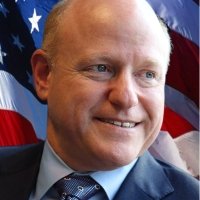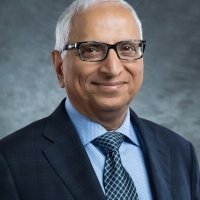When the Chips are Down: Navigating Strengths and Strategic Vulnerabilities in the Semiconductor Industry
Join the Wilson Center's Science and Technology Innovation Program and the University of California’s Center for Information Technology Research in the Interest of Society & the Banatao Institute (CITRIS) for a closer look at the market dynamics and national security concerns associated with the semiconductor industry.
Increasingly, semiconductors have been recognized for their unique role as a key component for promoting economic growth and scientific advancement as well as ensuring national security. Given recent shifts in the global semiconductor industry and the use-cases it supports as well as growing geostrategic competition between the U.S. and China, the U.S. faces increasing pressure to locate timely and effective policy solutions. What global market dynamics and security concerns must be addressed, and how? Our ability to effectively answer this pressing question relies on a nuanced understanding of the market and security dynamics at play in the semiconductor industry at home and abroad. Join us for this two and a half hour event where we will examine both the evolving global market and national security concerns in depth with leading experts in the field.
Hosted by

The event will be hosted live on this page.
Questions about this event can be directed to the Science and Technology Program either by registering, or by submitting them through email at stip@wilsoncenter.org or Twitter @WilsonSTIP.
Media inquiries, contact Ryan McKenna at 202/691-4217 or ryan.mckenna@wilsoncenter.org.
Quotes
-
Victoria Coleman
-
Susie Armstrong
-
Ajit Manocha
-
Vladimir Bulovic
-
Meg Hardon
-
Eric Burger
-
Eileen Tanghal
Speakers






Introductions


Keynote Speaker

Moderators


Hosted By

Science and Technology Innovation Program
The Science and Technology Innovation Program (STIP) serves as the bridge between technologists, policymakers, industry, and global stakeholders. Read more


